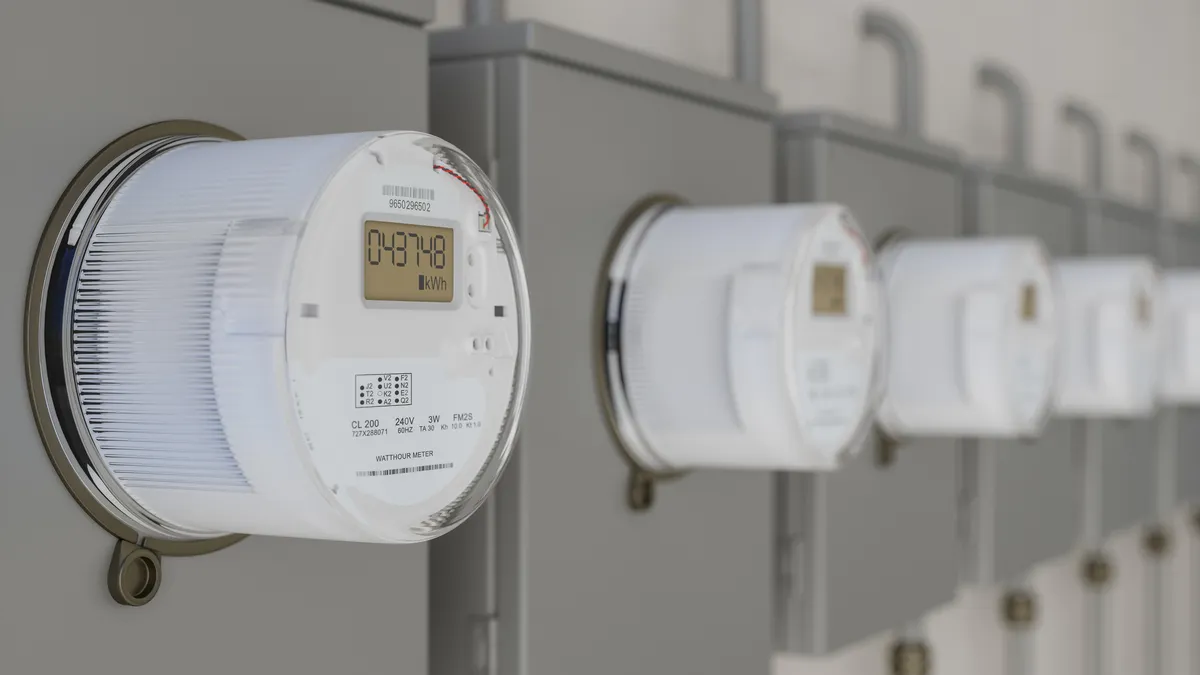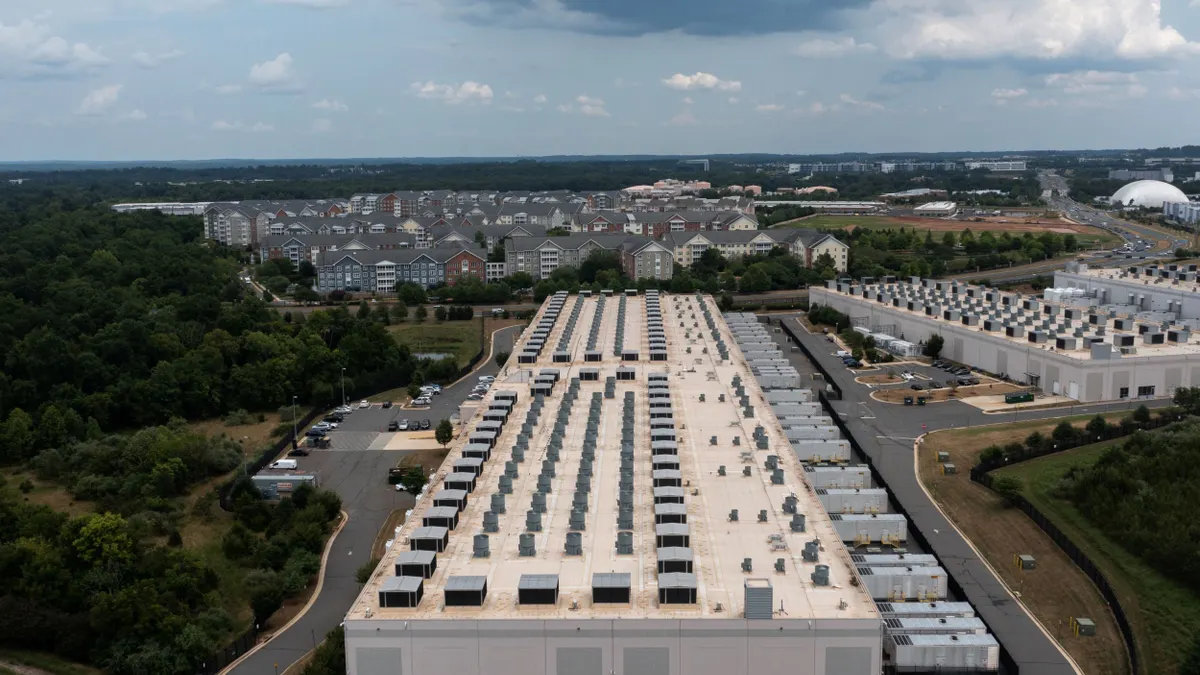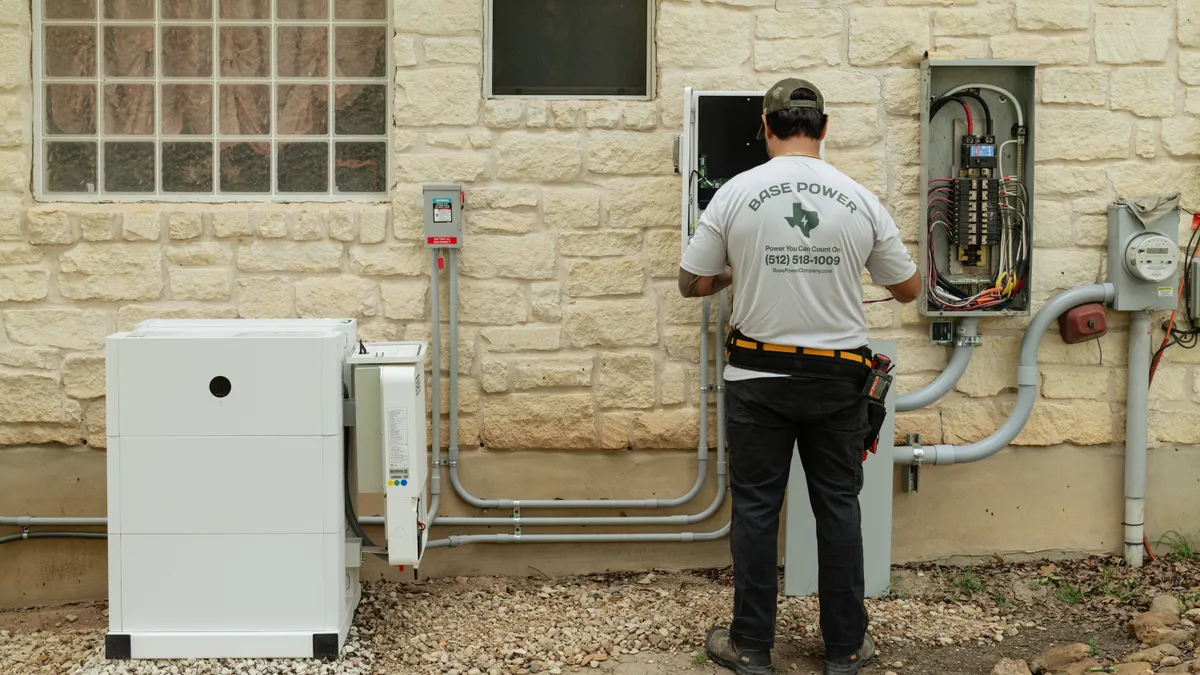The U.S. Department of Energy (DOE) is considering strengthening energy efficiency standards for new manufactured housing, and comments on the proposal show a range of stakeholders — including some focused on utilities — have taken opposing positions on a key issue.
While states govern the building codes and efficiency standards for site-constructed homes, the federal government oversees manufactured housing. The Department of Housing and Urban Development set the most recent rules in 1994. Lawmakers in 2007 directed DOE to take on the task, but a final rule has not yet been published.
DOE's latest proposal is based on the 2021 version of the International Energy Conservation Code (IECC), and experts say it would result in substantial energy savings over current requirements. The proposal's "tiered" approach would leave manufactured homes priced below $63,000 subject to less stringent requirements.
The manufactured housing industry and rural utilities filed comments warning that stricter efficiency rules could drive up home prices. The California Energy Commission (CEC) said in its comments, however, that a tiered approach is not strong enough and that weaker standards "threaten grid reliability, and will create avoidable greenhouse gas emissions."
Tiered approach causes rifts
There are roughly 22 million U.S. residents living in about 6.8 million manufactured homes, making them a key piece of the nation's affordable housing stock. But current energy efficiency requirements are more than a quarter century old, and advocates say they leave residents — mostly low and middle income — to struggle with higher energy burdens.
DOE's proposal, a supplemental notice of proposed rulemaking published in August, would establish new requirements for manufactured homes that include building thermal envelope improvements, air sealing, and installation of insulation. It is these requirements, according to the proposed rule, that could vary depending on the price of the home under a tiered approach. Other requirements in the rule, including those related to duct sealing, heating, ventilation, air conditioning, and heating and cooling equipment sizing, would apply to all homes regardless of price.
A different tiered approach would apply some requirements based on the configuration of the home. DOE is also considering an alternative approach where efficiency requirements based on the 2021 IECC would be applied regardless of home price or configuration.
The comment period on DOE's proposal closed Friday, and the tiered proposals have caused rifts between groups that are more often aligned.
The CEC in its comments urged DOE to adopt an "untiered” approach. "Permitting the unnecessary consumption of energy in manufactured housing under either 'tiered' approach will create additional strain on California’s electric grid, threaten grid reliability, and will create avoidable greenhouse gas emissions, which disproportionately affect frontline and low-income communities throughout California," CEC said.
"Manufactured homes fall outside of our building code jurisdiction ... so we really rely on the federal government to help us create the most robust, energy-efficient, cost-effective manufactured housing stock that we can," CEC Commissioner Andrew McAllister said in an interview.
The National Association of State Energy Officials (NASEO) also filed comments pressing DOE for stronger standards. It warned that establishing a two-tiered standard "that excludes the lowest cost homes from energy efficiency saddles those residents with high energy bills for the 30-40 year average lifetime of a manufactured home."
CEC said the untiered approach "is more equitable because it significantly reduces the energy burden on low-income residents over the life of the home without having a demonstrable effect on the availability of affordable housing."
Other stakeholders say the question of affordability is not so clear.
Rural cooperative utilities oppose DOE's rule
"We appreciate DOE’s attempt to address price sensitivity through the set of 'tiered' standards," the National Rural Electric Cooperative Association (NRECA) said in its comments. "We support DOE efforts to improve the energy efficiency of manufactured housing."
But the group indicated that it does not support DOE's current proposal, on the whole. For many of NRECA's members, manufactured housing makes up 25% or more of the housing stock in their service territory, the group said.
"We are concerned the [proposal] does not adequately address the affordability concerns that price-sensitive consumers will face when considering purchasing a new manufactured home," NRECA said. "Ultimately, we fear that if the [proposal] is finalized as drafted the door to home ownership for these consumers may be shut and that opportunity lost for them."
NRECA declined to comment for this story beyond what it already filed with DOE.
High-efficiency heat pumps, installed before the home is delivered, are "the most effective way to both improve efficiency in manufactured homes and lead to lower electricity bills," NRECA said.
The Manufactured Housing Institute, a major trade association for the industry, filed comments saying DOE's proposal "will add significant costs to manufactured homes," and "any increase in construction costs, even modest increases in response to a new energy conservation standard, could jeopardize homeownership for hundreds of thousands of Americans."
CEC's McAllister, however, says the new rules ultimately will help residents save money.
Advocates say energy savings pay for themselves
California has hundreds of thousands of manufactured homes in large rural areas, McAllister said, and a significant low-income population. Incremental increases to the cost of homes are "more than compensated by the savings on the energy bill," he said.
McAllister, who previously worked for NRECA, noted that California has a small cooperative utility footprint and said CEC's position is "not opposition to them. This sector is challenging from a lot of perspectives."
The American Council for an Energy-Efficient Economy (ACEEE) and other conservation and advocacy groups say DOE's proposal doesn't go far enough.
“The department’s primary proposal would leave many low-income residents of manufactured homes with decades of high energy costs. The alternative proposal appears to be a better start, but the department needs to look at stronger options to reduce overall costs and emissions,” Lowell Ungar, ACEEE's director of federal policy, said in a statement.
ACEEE says that under DOE's proposed alternative rule, where all homes meet higher standards, owners of new single-wide homes would see savings of $1,727 over 30 years, net of costs, while owners of multi-section homes would save $2,511 across the same period.
Kentucky-based Next Step works nationally with homebuyers to help them purchase Energy Star manufactured houses, which meet higher efficiency standards. Next Step President and CEO Stacey Epperson says it is "common sense" that putting new requirements on the homes will raise prices somewhat, but she stressed that the homes will still be affordable.
According to Next Step, last year the U.S. manufactured housing industry shipped 94,390 homes, of which 30% were certified as Energy Star.
The group filed comments advocating for a "single-tier standard that promotes equal access to energy efficiency." DOE's rulemaking "should not disproportionately impact residents of manufactured housing communities, persistent poverty regions, communities of color, and underserved rural areas," it said.
Next Step studied home mortgage data and the cost of DOE's improvements, and it concluded that manufactured homes "can serve low-income families across the country," Epperson said. "Can it serve everybody that wants a home? Probably not. But that's kind of like everything, right?"





















